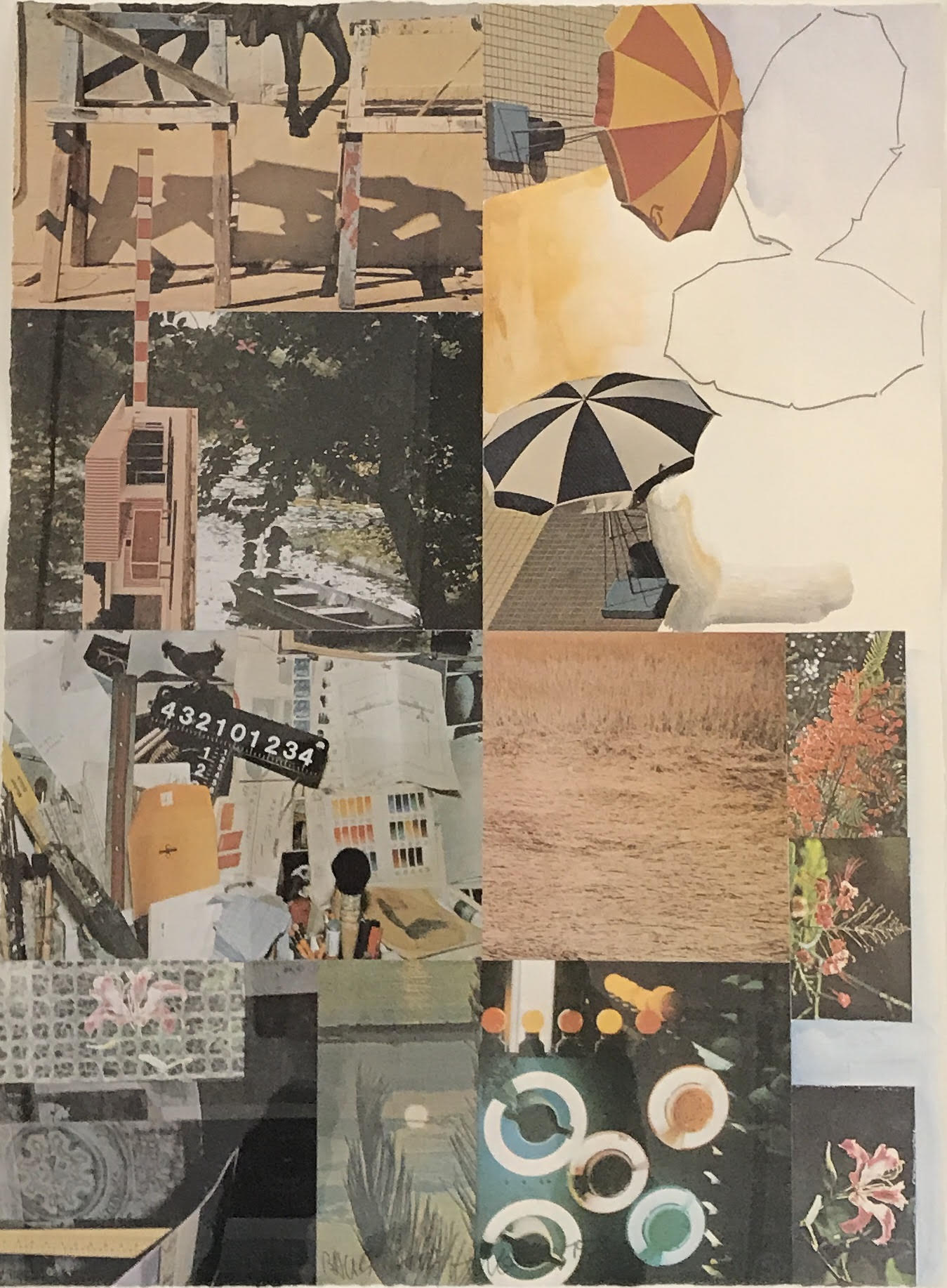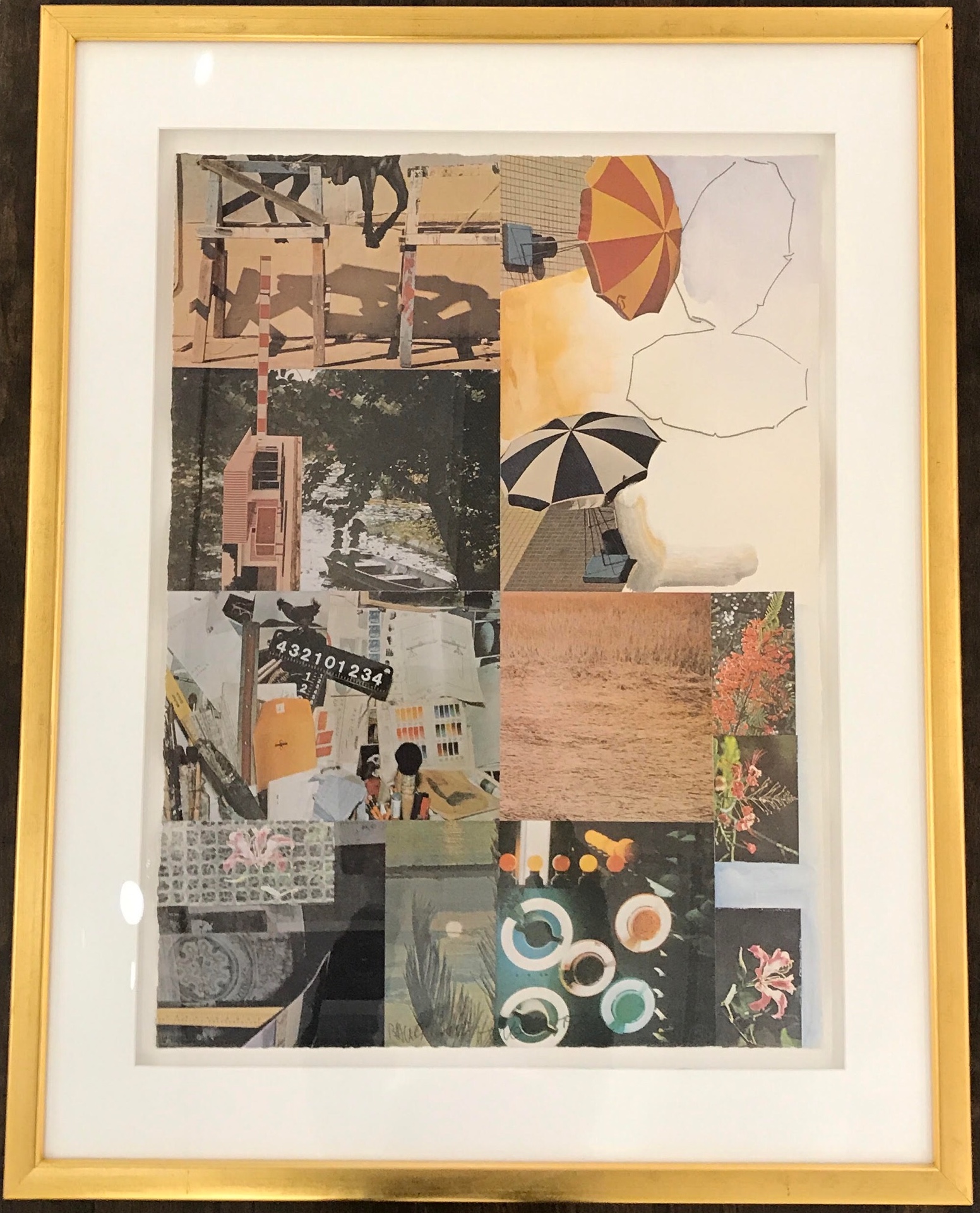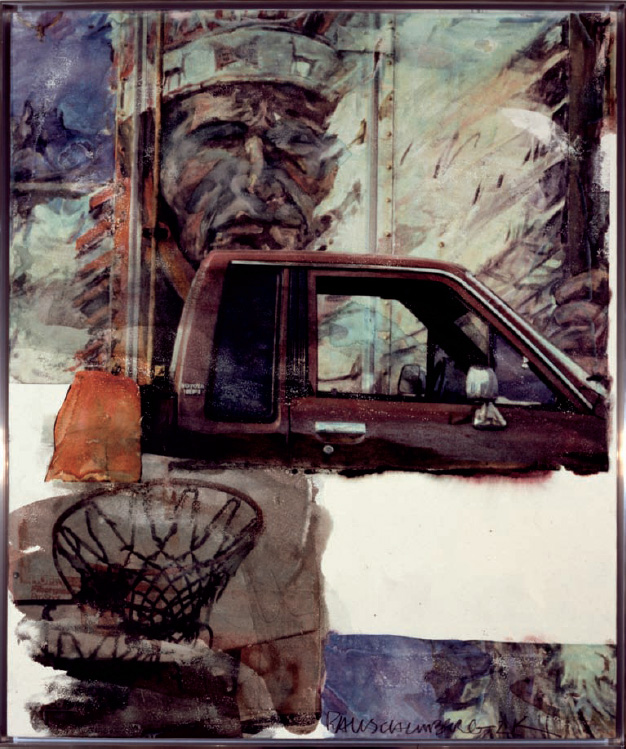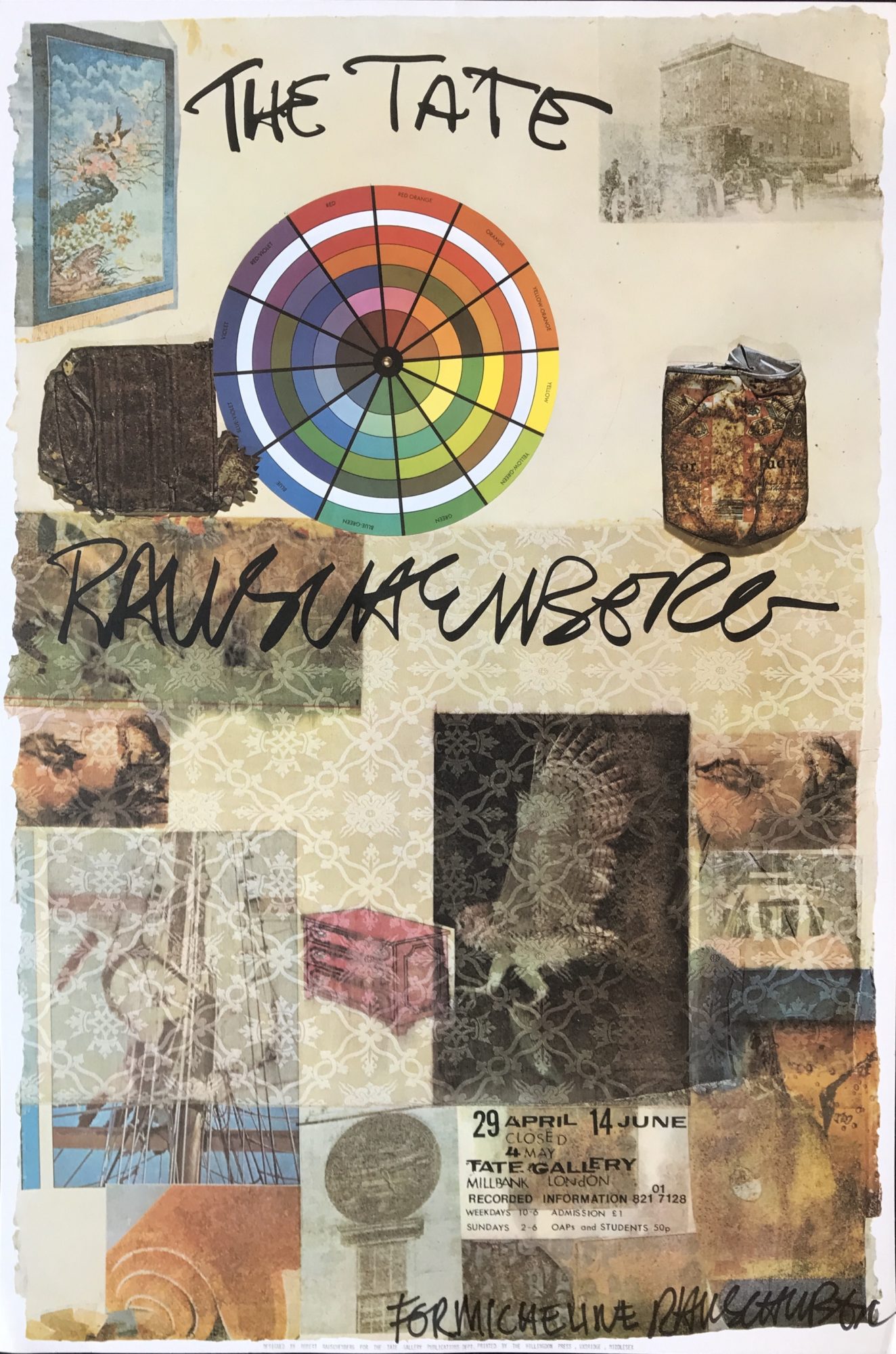Robert Rauschenberg – Print for the Center for Performing Arts
Robert Rauschenberg, Print for the Center for Performing Arts is an original lithograph. It is signed and numbered from the edition of 125.
Considered by many to be one of the most influential American artists due to his radical blending of materials and methods, Robert Rauschenberg was a crucial figure in the transition from Abstract Expressionism to later modern movements. One of the key Neo-Dada movement artists, his experimental approach expanded the traditional boundaries of art, opening up avenues of exploration for future artists. Although Rauschenberg was the enfant terrible of the art world in the 1950s, he was deeply respected and admired by his predecessors. Despite this admiration, he disagreed with many of their convictions and literally erased their precedent to move forward into new aesthetic territory that reiterated the earlier Dada inquiry into the definition of art.
Robert Rauschenberg’s art has always been one of thoughtful inclusion. Working in a wide range of subjects, styles, materials, and techniques, Rauschenberg has been called a forerunner of essentially every postwar movement since Abstract Expressionism. He remained, however, independent of any particular affiliation. At the time that he began making art in the late 1940s and early 1950s, his belief that “painting relates to both art and life” presented a direct challenge to the prevalent modernist aesthetic.
| Title | Print for the Center for Performing Arts |
|---|---|
| Year | 1983 |
| Medium | Lithograph in Colors |
| Edition | 125 |
| Signature | Signed, numbered |
| Size | 28.5 x 20.5 (in) 72 x 52 (cm) |
| Price | SOLD |
Description
Robert Rauschenberg, Print for the Center for Performing Arts is an original lithograph. It is signed and numbered from the edition of 125.
Considered by many to be one of the most influential American artists due to his radical blending of materials and methods, Robert Rauschenberg was a crucial figure in the transition from Abstract Expressionism to later modern movements. One of the key Neo-Dada movement artists, his experimental approach expanded the traditional boundaries of art, opening up avenues of exploration for future artists. Although Rauschenberg was the enfant terrible of the art world in the 1950s, he was deeply respected and admired by his predecessors. Despite this admiration, he disagreed with many of their convictions and literally erased their precedent to move forward into new aesthetic territory that reiterated the earlier Dada inquiry into the definition of art.
Robert Rauschenberg’s art has always been one of thoughtful inclusion. Working in a wide range of subjects, styles, materials, and techniques, Rauschenberg has been called a forerunner of essentially every postwar movement since Abstract Expressionism. He remained, however, independent of any particular affiliation. At the time that he began making art in the late 1940s and early 1950s, his belief that “painting relates to both art and life” presented a direct challenge to the prevalent modernist aesthetic.
Additional information
| Title | Print for the Center for Performing Arts |
|---|---|
| Year | 1983 |
| Medium | Lithograph in Colors |
| Edition | 125 |
| Signature | Signed, numbered |
| Size | 28.5 x 20.5 (in) 72 x 52 (cm) |
| Price | SOLD |





